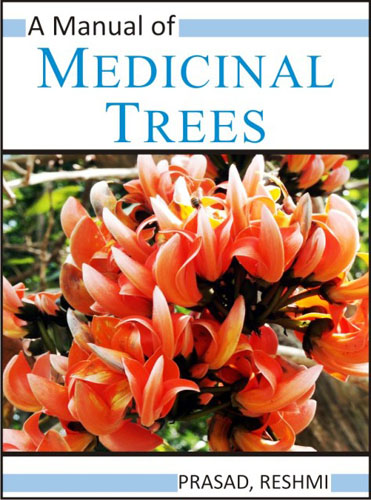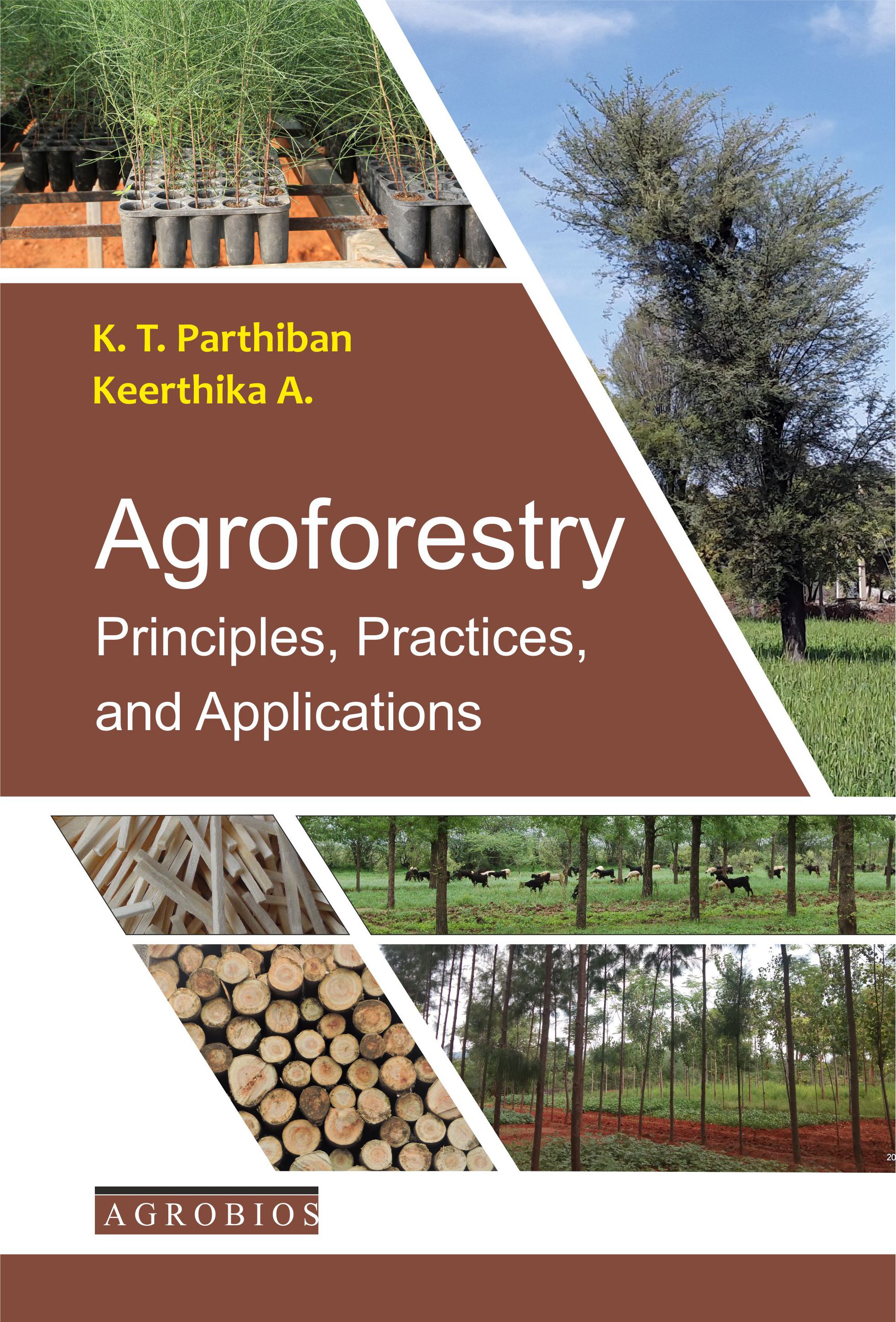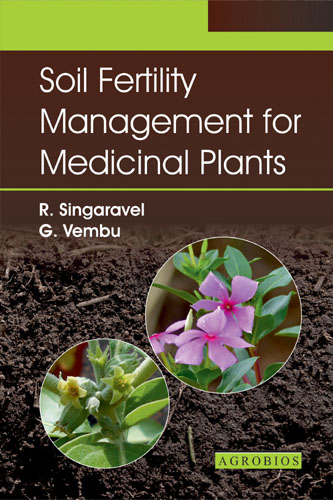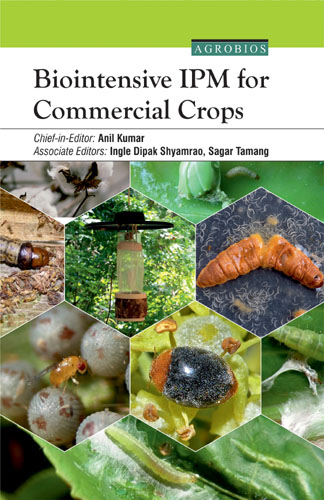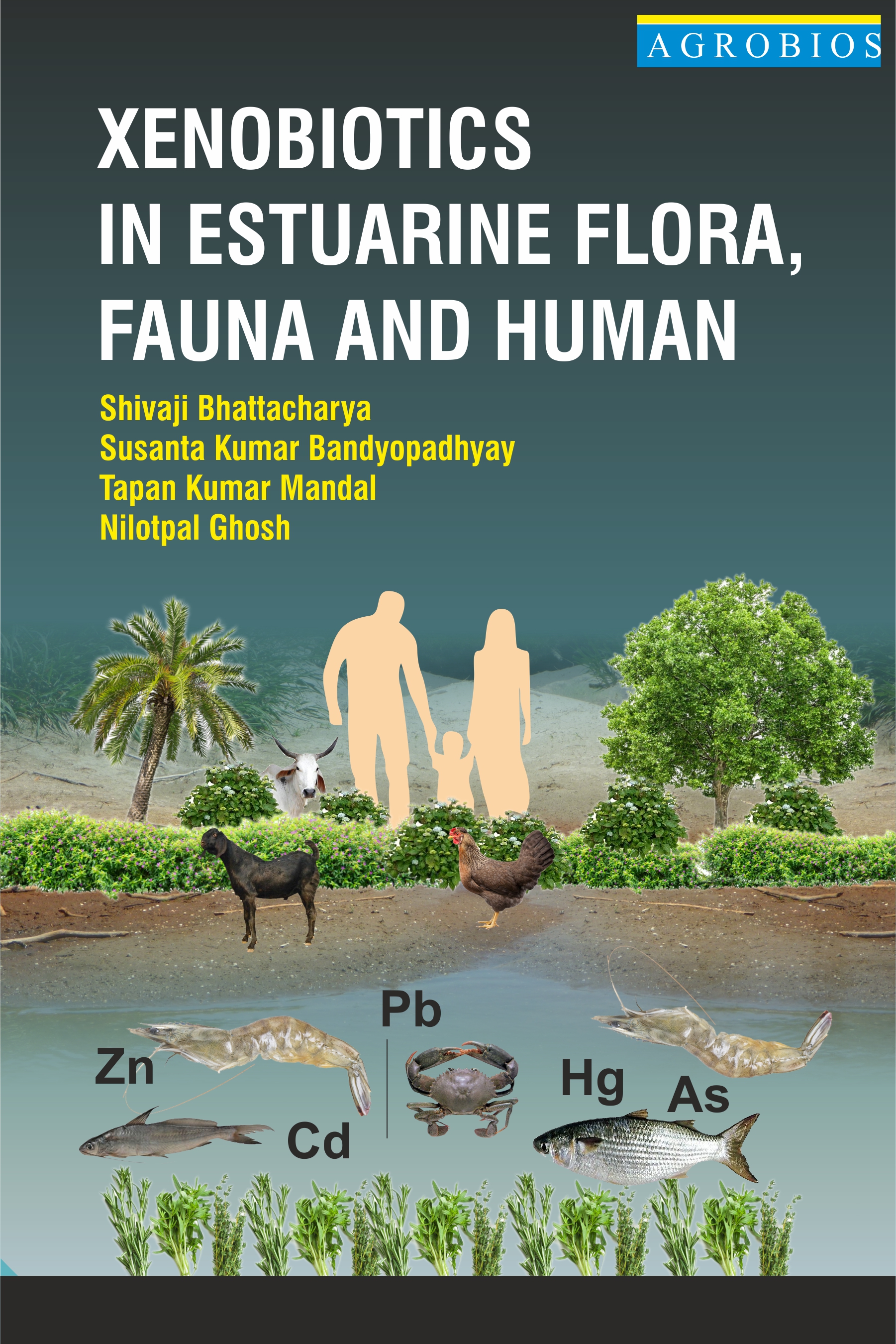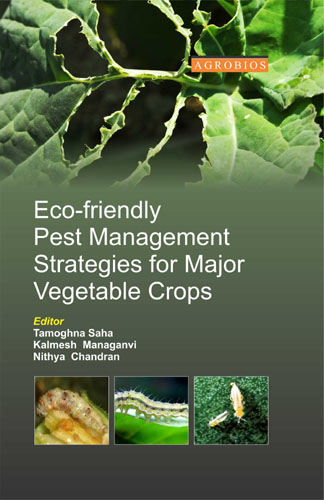A Manual Of Medicinal Trees
Medicinal trees need no introduction, since India, particularly in Kerala and other pockets of Western Ghats are known world over as the home of biodiversity, particularly for trees having medicinal properties and commercial value. Medicinal trees play a significant role in our national economy and so also in the national economy of several other tropical developing countries. Every year, India is earning large amount of foreign exchange through export of varieties of plant products. Besides, huge quantities of materials are also being consumed with in the country both directly and indirectly. Medical, pharmaceutical, perfumery, cosmetics and several other industries are making use of these produces obtained from the trees. Kerala is blessed with an ambient climate with high rainfall and moderate temperature throughout the year, making the cultivation of most of the medicinal trees possible and profitable.
The history of cultivation and uses of medicinal plants dates back to the origin of the human race. But, as no mode of recording events existed in prehistoric times, there are no enough data on the methods of treatment practiced in that period. In those days, the subject of human suffering and its alleviation was intimately associated with religion, myth and magic. In addition, there must have been certain rational prescriptions. Whenever the curiosity of the present-day man probes into the past and brings to light even fragmentary information on the ingenious methods of our ancestors, it makes a fascinating study,
In India, the references to the curative properties of some medicinal trees in the Rigveda seem to be the earliest records regarding the use of plants in medicine. The identity of several plants referred to in the Suktas of the Rigveda can be fixed with reasonable certainty. But references to plants in the Rigveda are very brief. More detailed account is available in the Atharva Veda. The period of Rigveda is estimated to be between 3500 and 1800 B.C. After the Veda, there is no information on the development of this science in India for a period of about 1,000 years. With the passing of time, more and more plants and trees found entry into native medicine, taking the number of Indian medicinal herbs to about more than 2000.
References to miracle plants or wonder drugs are often found in old literature. Voucher specimens of those plants could, of course, not be expected to be preserved by people of those times; even proper descriptions of plants are wanting. Lack of detailed descriptions has made it practically impossible to decide the identity of those plants. The only source of reference in such cases, therefore, is the local name for the herb or drug given in earlier works. The local names are sometimes very misleading. Cases of same local name being used for more than one plant are not infrequent.
Apart from the written complete or incomplete records about ancient medicinal plants, some knowledge on the subject has also descended through generations, and has survived through times among the present-day primitive societies, i.e. among the aboriginal tribes living in remote forest areas. This knowledge has come through oral folklore. Efforts have sometimes been made, though not in an intensive or exhaustive manner, to record the surviving bits of that oral folklore. These studies are now classed as a specialized branch of botany called "Ethnobotany". Numerous reports of medicinal uses of trees, so far unknown in literature, were recorded and interesting observations on certain plants have been included in recent publications. They, however, need to be scientifically tested.
The question of subjecting medicinal herbs to modem scientific tests has often been raised. Clinical and pharmacological tests on alkaloids extracted from well-known and reputed medicinal plants including trees, sometimes show distinctly negative results. Such observations should prompt us to careful and critical reassessment of these plants; there is yet another aspect of the problem. It is possible that the efficacy of the materials depended on the total effect of the plant contents rather than on the one or few chemical fractions separated from the plant. Moreover, the time of collection, stage of growth of plant (e.g. opened or unopened flowers, young or mature leaves, pre-or post-flowering stage), locality of natural occurrence or place of cultivation, all influence the properties of the drug.
It has been estimated that out of about 2000 drugs that have been used in curing human ailments in India, only about 200 are of animal origin and a similar number are of mineral origin. The rest, i.e. about 1,500, are of plant origin. This number is small, compared to the vast area of our country, and the wide variety of plant wealth occurring therein. The great range of temperature (about 20°C to 43°C), rainfall (from 100 mm to over 10,000 mm) and altitude (sea level to over 6000 m) in India account for the occurrence of over 15,000 species of higher plants in India.
Many plants are grown wild in Kerala and being cultivated whose efficacy in medicine has now been tested and recognized. Mostly, only indigenous plants have been taken for these types of studies. Only those few introduced species are included which are very important medicinally or commercially, or which are now regularly cultivated in other parts of the country. Some such species have even become naturalized now. India possesses immense potentialities to increase production of medicinal trees not only to meet the internal demand but also to make a significant contribution to our foreign exchange earnings. Considerable information is already available on improved cultivation and technology of these trees, but such knowledge is dispersed in various publications. An attempt has therefore been made now to pool such knowledge for the benefit of researchers.
It should be made clear that the purpose of this publication is only to apprise the reader with some of the reputed and commercial medicinal trees of Kerala. Many medicinal preparations based on trees include products from more than one plant, and the proper proportion of different ingredients and processing, administration and ailments. Different conditions need specific prescriptions, and they are the business of the specialist. It is well known that due to the impact of other systems of medicine, particularly, lately by the rapid progress and spread of modern medicine and surgery, faith in, and popularity of the plant medicines has been gradually declining. But, there is much to say in favour of the use of native medicinal trees or the indigenous system of medicine.
The common name and the botanical name of some well-known common medicinal trees are given in the text. Sometimes one or more synonymous names are also mentioned in parentheses. Different tree species are discussed separately. As far as possible the latest botanical names have been adopted; however, for the convenience of the readers who may be familiar with some older names, one or two more common synonyms are given. The distribution of plants in India, though a very general one, has, as far as possible, been verified from authentic publications.
Prasad G
555
Table of Contents..
- Introduction
- Sandal Wood / Chandan
- Neem
- Manchadi / Coral Wood
- Strychine Tree / Nux-Vomica
- Red Sanders
- Flame of the Forest / Dhak or Palas
- Oroxylum
- Saitan Tree / Saithan
- Indian Gooseberry / Amla
- Grewia
- Arjun
- Belleric Myrobalan / Bahera
- Chebulic Myrobalan / Harra
- Bael
- Coomb Teak or Gmelina / Gumhar
- Indian Beach / Karanj
- Tamarind / Imli
- Kutch Tree / Khair
- Drumstick Tree / Sajina
- Nutmeg / Jathiphal
- East Indian Walnut / Safed Siris
- Eucalyptus
- Gular Fig
- Babul
- Hydnocarpus
- Curry Leaf Tree
- Banyan Tree
- Peepal Tree
- Ashok
- Indian Laburnum / Amaltas or Rajbriksh
- Clove
- Black Siris or Ceylon Rosewood / Kala Siris
- Indian Gamboge / Garcinia
- Kudagappala / Kurchi
Book Details
Book Title:
A Manual Of Medicinal Trees
A Manual Of Medicinal Trees
Book Type:
TEXT-CUM-REFERENCES BOOK
TEXT-CUM-REFERENCES BOOK
No Of Pages:
144
144
Color Pages :
32
32
Color Pages :
32
32
Book Size:
DEMY (5.5X8.5)
DEMY (5.5X8.5)
Weight:
400 Gms
400 Gms
Copyright Holder:
All Right Reserved
All Right Reserved
Imprint:
M/s AGROBIOS (INDIA)
M/s AGROBIOS (INDIA)
Readership:
FIELD WORKERS | GENERAL READERS | PG STUDENTS | UG STUDENTS |
FIELD WORKERS | GENERAL READERS | PG STUDENTS | UG STUDENTS |
Associated Subjects:
Horticulture , Medicinal And Aromatic Plants , Botany , Medicinal & Aromatic Plants , Pharmacutical Sciences , Pharmacy ,
Horticulture , Medicinal And Aromatic Plants , Botany , Medicinal & Aromatic Plants , Pharmacutical Sciences , Pharmacy ,



